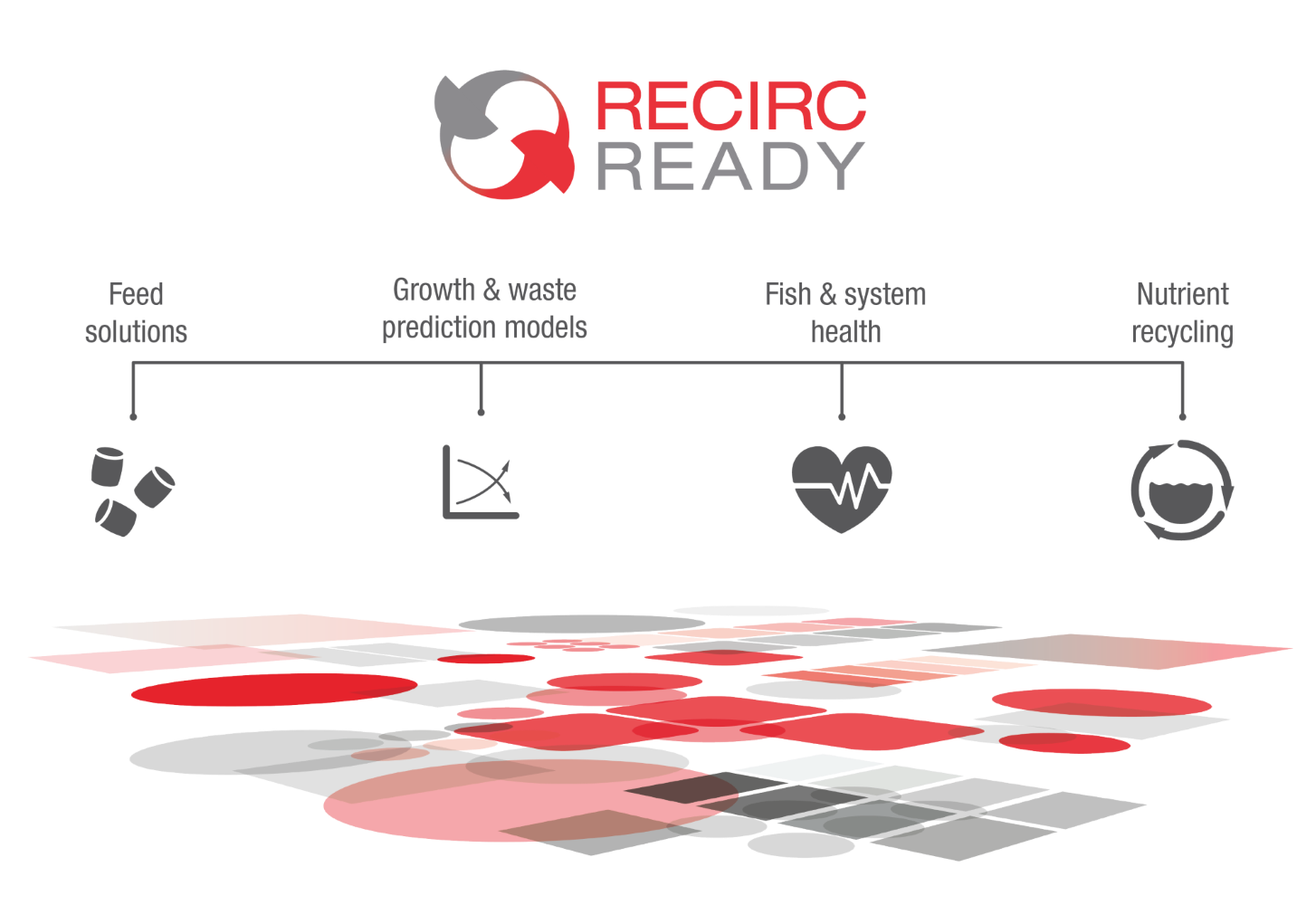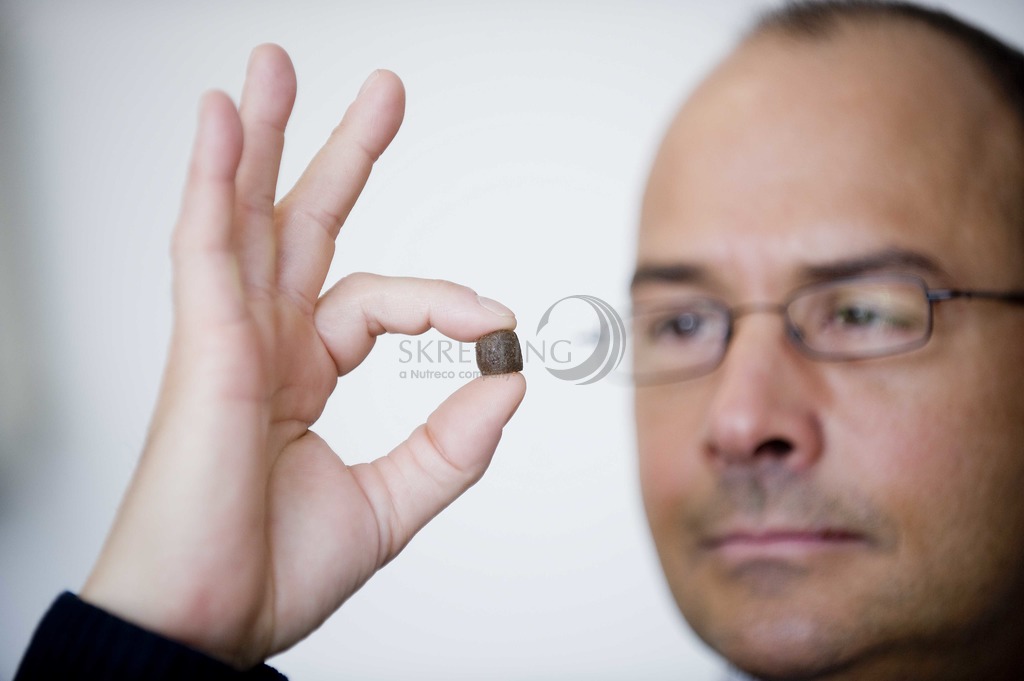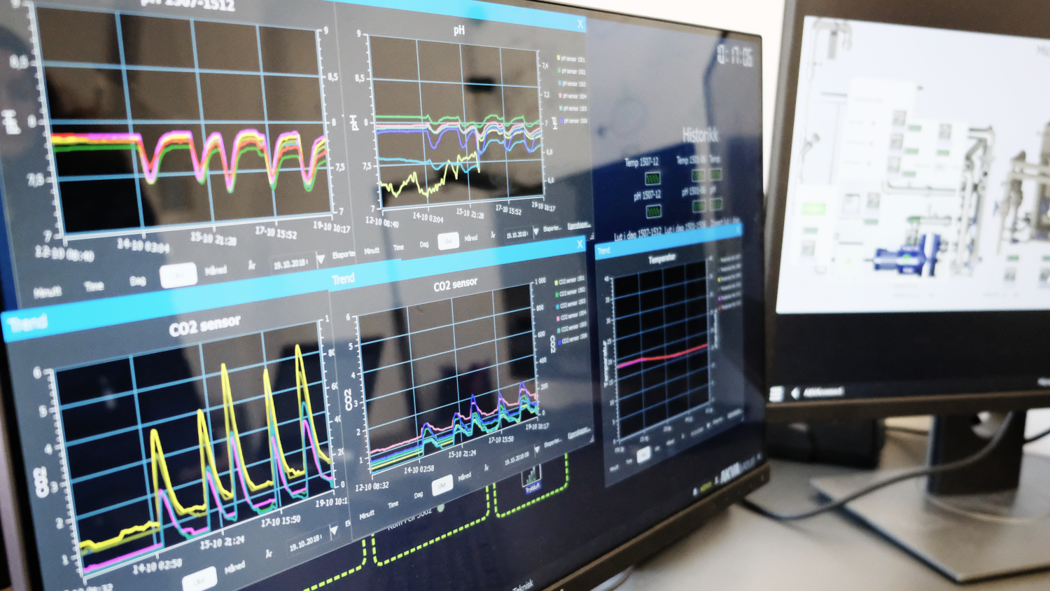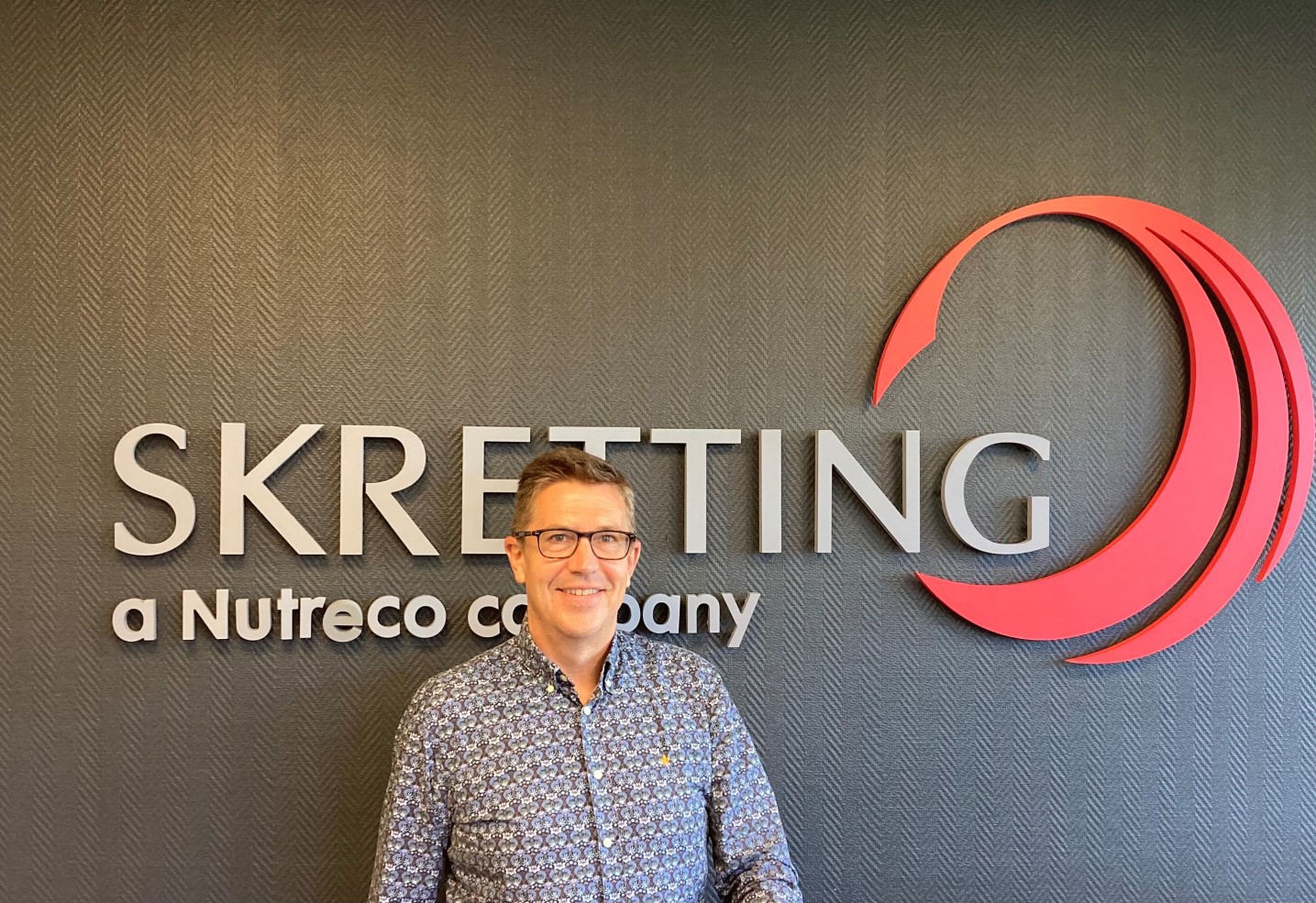Skretting is the world’s largest supplier of specialised recirculating aquaculture systems (RAS) feeds, and is ready to launch it's new and improved integrated concept for RAS – RecircReady.
Feed the fish, feed the system: Skretting’s RecircReady concept set to maximise RAS potential
Skretting concept will support farmers through comprehensive modelling, feed, recycling and health solutions.

The concept takes into account growth and waste prediction models, nutrient recycling, fish and system health monitoring in addition to tailored feed solutions and their impact on the systems themselves.
The technology incorporated into RAS allows for close supervision of waste and effluents, while tighter control over water quality and isolation from the external environment can help avoid biological risks. At the same time, RAS provides the opportunity to greatly enhance feed management and scope to facilitate consistent growth rates throughout the production cycle.
Patented solutions
Developed by the Skretting Aquaculture Research Centre (ARC) through extensive trials at its research facilities in Norway and Italy, Skretting’s dedicated feeds incorporate specific patented functional ingredients that bind faecal matter. In RAS this means it is easier to filter and remove solid waste particles, resulting in cleaner water and a healthier system.
“Skretting continues to lead advancements in this space. Our primary aim is to help farmers produce more fish in a more cost-effective and sustainable manner,” says Dr Ingunn Stubhaug, Researcher at Skretting ARC.
Skretting’s RAS feeds are designed to provide farmers with the best possible solution to optimise land-based production. They are based on three key deliverables: improving faeces quality and optimising mechanical filtration; reducing the nutrient load on biofilters through balancing high quality raw materials; and maximizing fish growth potential and health. Today, Skretting integrates the latest technology with powerful model-based testing to ensure that the RAS-specific feeds continue to advance farm productivity and cost-efficiency. These AquaSim models are built on 20 years of data and provide valuable parameters and predictive tools for comparing its feed and production practices.
Ready for growth
As recently reported, Skretting’s unparalleled RAS capabilities are also now supported by a new state-of-the-art recirculation hall at Skretting ARC’s Lerang Research Station in Norway. Comprising 12 independent systems, predominantly conducting trials for salmon product development, this facility is used to investigate the impact of feeds and formulations on the biological filters in RAS. The recirculation facility has joined a global network of Skretting RAS research units, each with an explicit area of focus, and is expected to prove invaluable in servicing RAS customers.
“Many producers are looking for feed aligned with their own particular systems in terms of physical properties and behaviour. In RAS, you want the feed to reach all of the fish. You also want it to be consumed or to exit the system as quickly as possible. Consequently, some farmers want slower-sinking feeds while others want diets that move faster. This is one of the unique challenges presented by RAS and an area in which we have had a lot of success over the last decade,” says Stubhaug.
She concludes, “There is a lot of diversity in closed containment aquaculture, and it’s essential that producers have the right support to meet their specific requirements. At Skretting, we’re excited to be working with more RAS suppliers and farmers to meet their future needs.”

Skretting R&D Director presented in Miami
Skretting was present at the annual Aquaculture Innovation Workshop (AIW) in Miami on December 4-6, 2018 hosted by The Conservation Fund’s Freshwater Institute. Skretting R&D Director Dr Alex Obach presented some of the key research challenges for RAS.

RAS
Skretting is the market leader for diets specifically designed for Recirculating Aquaculture Systems (RAS). RAS are land-based aquaculture facilities that reuse water by cycling it through a filtration system so it can be used again.
